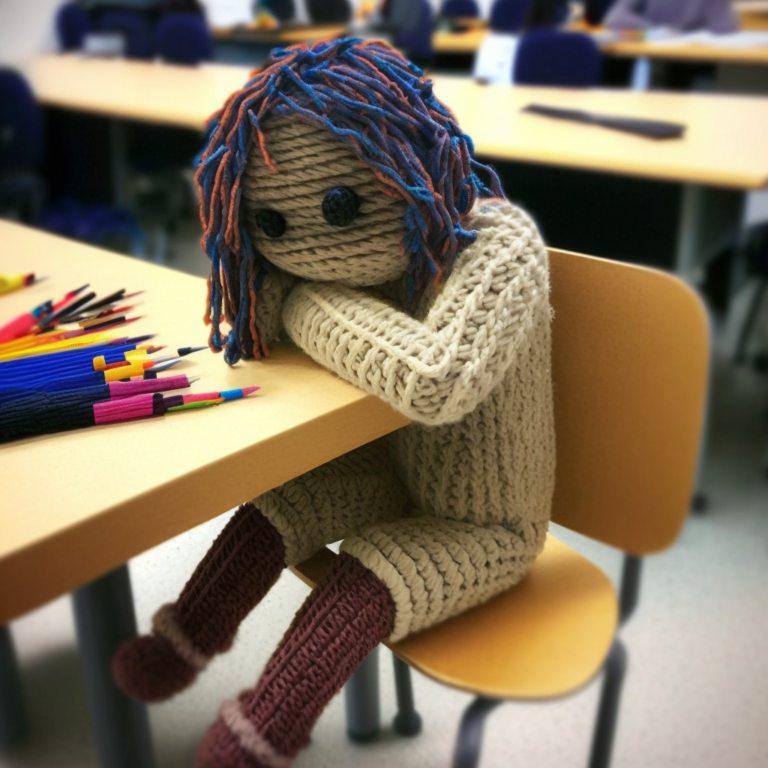The quest for educational success for autistic students can be a challenging yet rewarding journey. With the right strategies, teachers and parents can work together to create an autism inclusive classroom that fosters academic achievement and social development. In this article, we’ll explore tips and guidance to help you knit a supportive and inclusive educational environment for students on the spectrum.
Understanding Individual Learning Needs and Preferences
Every student is unique, and this is especially true for autistic students. Understanding each student’s learning needs and preferences is the foundation for creating an inclusive classroom.
- Observe the student’s learning style, strengths, and areas of difficulty.
- Collaborate with special education professionals to develop an Individualized Education Program (IEP).
- Continuously monitor progress and adjust teaching strategies as needed.
Example: A teacher noticed that Alex, an autistic student, excelled in visual learning but struggled with auditory processing. By incorporating visual aids and providing written instructions, the teacher helped Alex better understand the material and improve his academic performance.
Creating a Sensory-Friendly and Inclusive Classroom
A sensory-friendly environment is crucial for the success of autistic students. Consider the following tips to make your classroom more inclusive:
- Minimize sensory distractions, such as bright lights or loud noises.
- Provide a designated quiet area for students who need a break from sensory stimuli.
- Offer sensory tools, such as fidget toys or weighted blankets, to help students self-regulate.
Example: Ms. Johnson, a second-grade teacher, implemented a “sensory corner” in her classroom with bean bags, noise-canceling headphones, and soft lighting to accommodate her autistic students’ sensory needs.
Fostering Effective Communication between Home and School
A strong partnership between home and school is essential for autistic students to thrive. Teachers and parents should maintain open lines of communication and collaborate on strategies to support the student’s learning.
- Schedule regular meetings to discuss progress, challenges, and goals.
- Share strategies and resources that have been successful at home and in the classroom.
- Keep a communication log to document important information and observations.
Did you know? The Autism Society offers resources to enhance the support of autistic students in the classroom.
Embracing Flexibility and Adaptability
Being flexible and adaptable is key to meeting the diverse needs of autistic students. Teachers should be prepared to modify lesson plans, assessments, and classroom expectations.
- Implement differentiated instruction to accommodate various learning styles and abilities.
- Offer alternative assessment methods, such as project-based learning or oral presentations.
- Be open to modifying classroom routines and expectations based on individual student needs.
Example: Mr. Smith, a high school science teacher, allowed his autistic student, Lily, to complete a hands-on project instead of a written test to demonstrate her understanding of the material. This accommodation played to Lily’s strengths and helped her succeed in the class.
Encouraging Peer Support and Social Inclusion
Fostering a sense of belonging for autistic students is essential for their social and emotional development. Encourage peer support and social inclusion in the classroom.
- Implement buddy systems or peer mentoring programs.
- Create opportunities for group work and collaborative learning.
- Teach neurotypical students about autism and promote empathy and understanding.
Example: Mrs. Brown, a middle school teacher, started a “Lunch Bunch” program where students could eat lunch with their autistic classmates, facilitating friendships and promoting social inclusion.
Autism Inclusive Classroom: Crafting Success for All Students
Knitting an autism inclusive classroom requires understanding, collaboration, and persistence. By addressing individual learning needs, creating a sensory-friendly environment, and fostering strong home-school communication, teachers and parents can support the academic success and social growth of autistic students. Remember, your efforts contribute to a more inclusive and empowering educational experience for all.
- What strategies have you found most effective in creating an autism inclusive classroom for students on the spectrum?
- How do you promote collaboration and communication between parents and educators to better support autistic students?
- Can you share any success stories or lessons learned from your experiences in supporting autistic students in the classroom?
Join the conversation in the comments below and share your insights and experiences. Together, we can continue to knit a more inclusive educational environment for all students. Don’t forget to sign up for our newsletter to receive the latest tips, resources, and success stories to inspire and guide you on your path to creating a more inclusive classroom.









